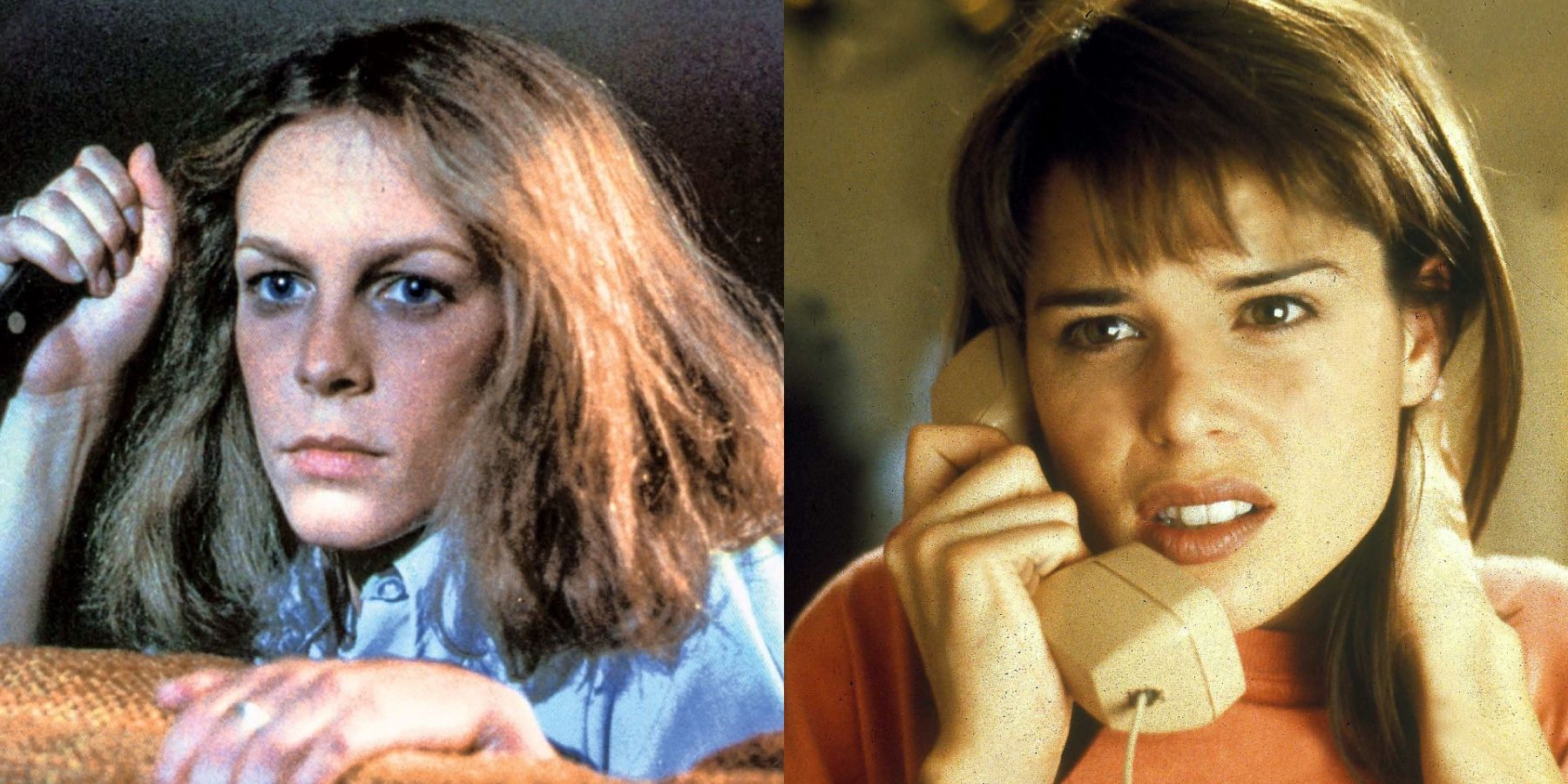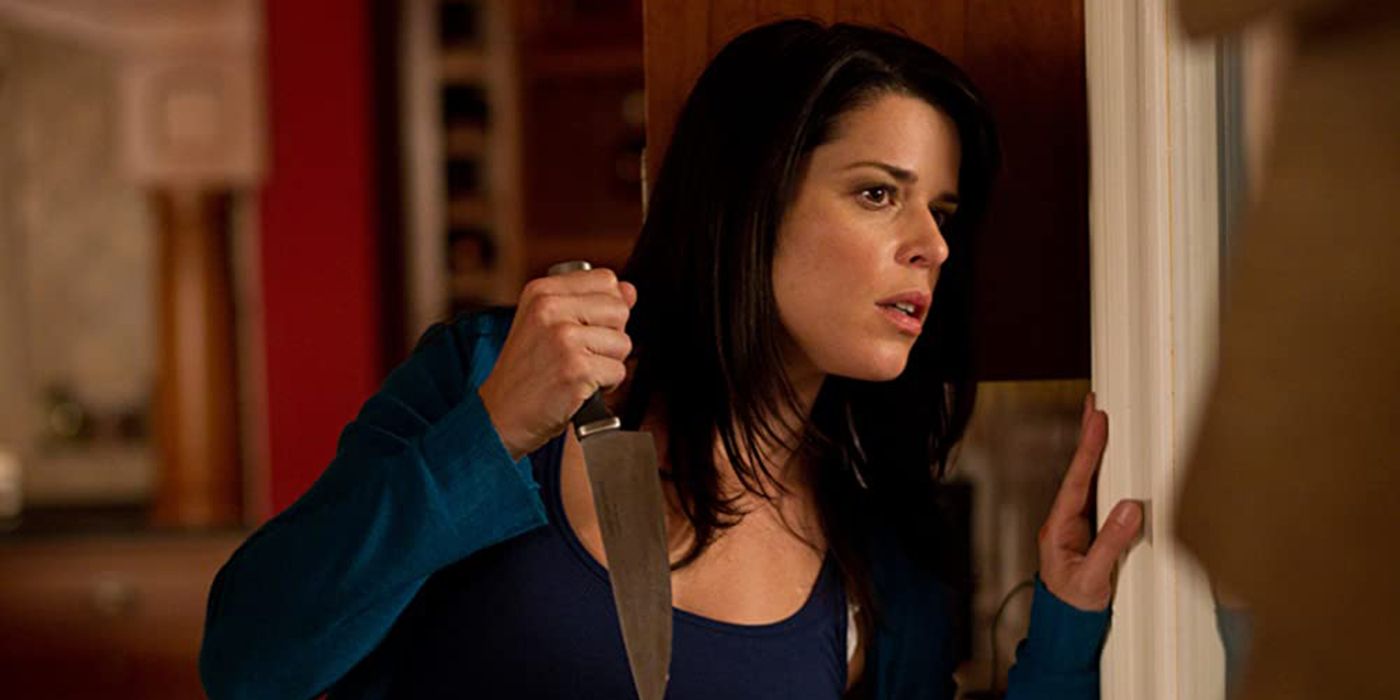Genre movies are laced with stereotypes; this can be fun for the viewer to guess what will happen next. It can also become stale. One overused stereotype in horror movies is the “Final Girl,” a term which scholar Carol Clover coined. The Final Girl is the last girl standing who ends up slaying the monster, telling the story, or both. She is usually boyish, has little sex appeal, and is usually the only girl not to engage in any sexual activity whatsoever.
Notably, the most popular and well-defined Final Girl is Laurie Strode (Jamie Lee Curtis) from John Carpenter’s Halloween (1978), who has escaped Michael Myer’s wrath time and time again. The original Final Girl was Sally Hardesty from The Texas Chainsaw Massacre (1974), and this overly-used trope was then replicated over the years. One of the first to really subvert expectations of the final girl was with Sidney Prescott (Neve Campbell) in Wes Craven’s Scream (1996). Although Sidney changed the future of the horror genre, nothing beats the original, as Laurie Strode is as iconic in the horror genres as the villains themselves.
In her scholarly article Her Body, Himself: Gender in the Slasher Film, Clover says that the Final Girl is “...the character whose story we follow from beginning to end and the one whose vantage, even through those eyes, we see the action.” Laurie Strode and Sidney Prescott come neck and neck when picking who the ultimate Final Girl is, and for a good reason. Strode, the OG “Scream Queen” (next to her mother Janet Leigh’s performance in Psycho), is one of this character’s earliest and most influential instances. In the first film, she is a young, innocent high school student stalked and tormented by masked killer Michael Myers. As the series continues, she defeats Myers again and again.
She has the physical attributes: modest, innocent, shorter hair. She also has the cliché emotional characteristics, including being brave and extremely smart; smart enough to escape Myers for decades. She is also very resourceful, using what she has to attack Myers at any given moment. In the first film, she uses what’s around her: coat hangers and a knitting needle to stab Myers. In Halloween H20: 20 Years Later (1998), Strode repeatedly stabs him and throws him off a balcony.
Scream is a self-referential film in the way that it took clichés and tropes of films like Halloween and Friday the 13th, breaking the fourth wall to the audience. The film follows Sidney and her high school friends, who are tormented by a masked killer known as “Ghost Face” in the small town of Woodsboro. The series is so self-referential that beginning with the second film, a fake horror series called Stab was introduced, parodying what will happen in the next movie.
Scream is laced with many stereotypical film characters, and each film has a “horror expert” to help save those from Ghost Face. In the first film, Randy is a horror-movie-obsessed nerd who knows the rules: never have sex, don’t drink or do drugs, and never say “I’ll be right back.” Everyone in the film defies these rules, even though they are well aware of the conventions of this genre. Protagonist Sidney even jokes that all slasher films are the same and pointless.
Sidney breaks many of the barriers of the final girl. She has sex, is not shy and takes a stand against those who hurt her (thanks to the iconic scene where she punches news reporter Gale Weathers), and even makes remarks about why girls in horror movies are dumb. When the anonymous killer calls her and asks the now-iconic question, “What’s your favorite scary movie?” Sidney sarcastically answers: “What's the point? They're all the same. Some stupid killer stalking some big-breasted girl who can't act who is always running up the stairs when she should be running out the front door.” This is a self-referential film, and Sidney herself does run up the stairs when attacked by ghost face, but that adds to Scream’s parodic element.
In the end, Sidney may seem to be the obvious superior Final Girl for subverting the stereotype completely. Yet, both she and Laurie have unique attributes that make them the quintessential final girl in their ways. Sidney was a huge comic relief throughout the franchise: making fun of horror movies and saying that they insult girls. She also, unlike Laurie, is hyperaware of her surroundings, most likely due to the gruesome murder of her mother a year prior. This is shown in instances such as her barricading her bedroom door and constantly locking all her windows and doors at all times. Laurie Strode has all the innocent “girl next door” stereotype of the final girl, but she protected herself from the non-human force Michael Myers when coming down to it. In the end, without Laurie Strode, there would be no Sidney Prescott.



